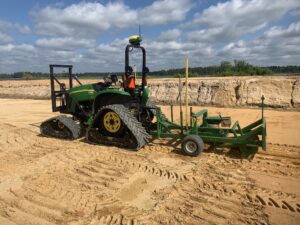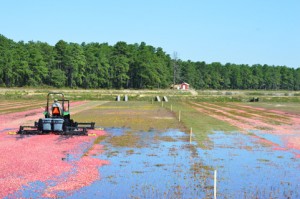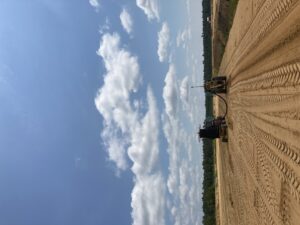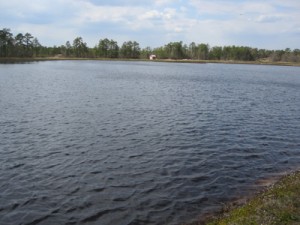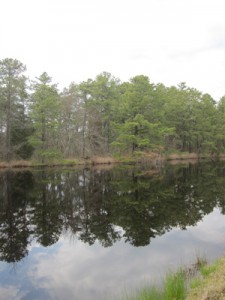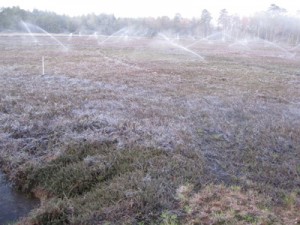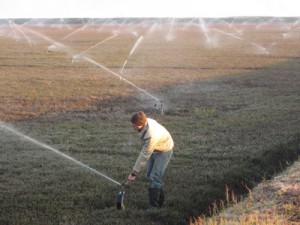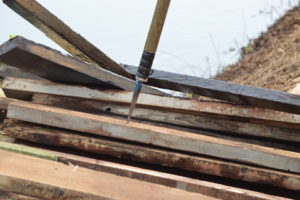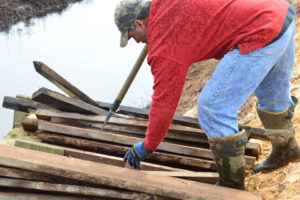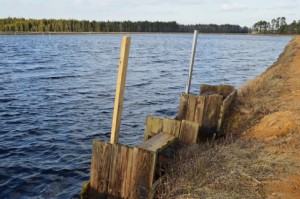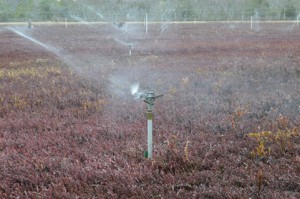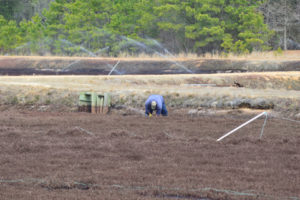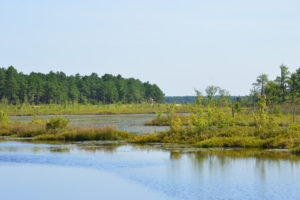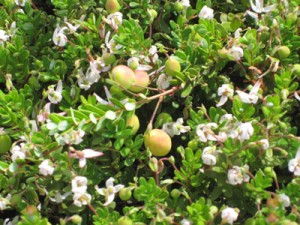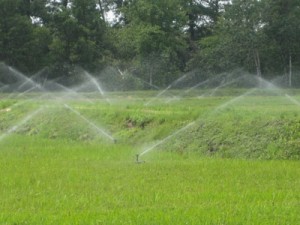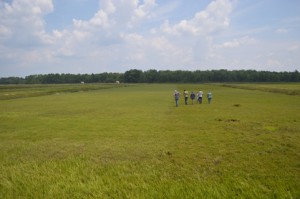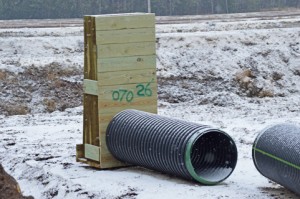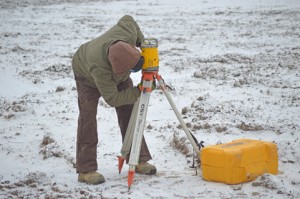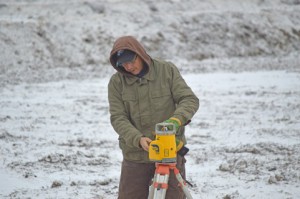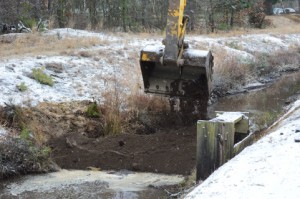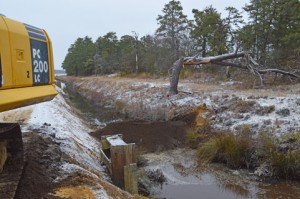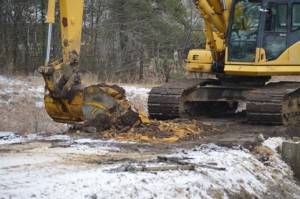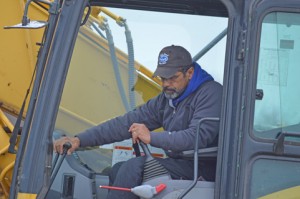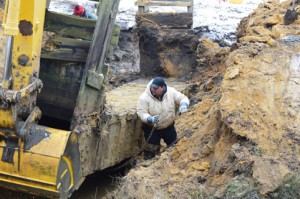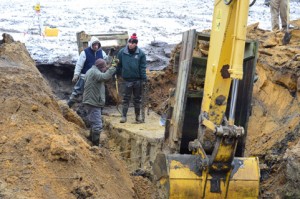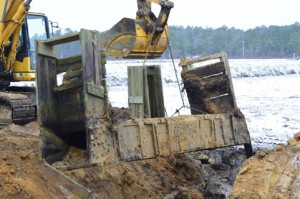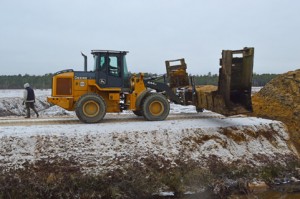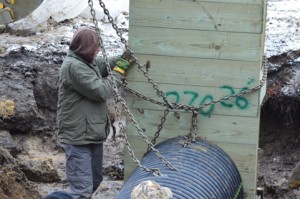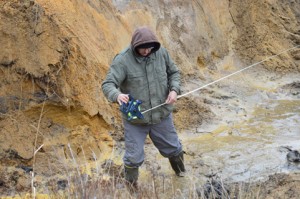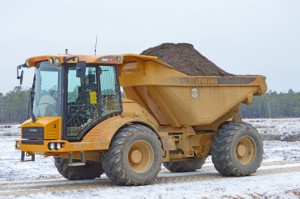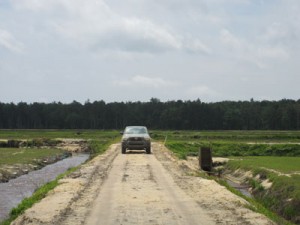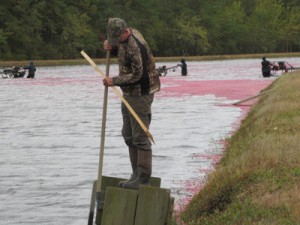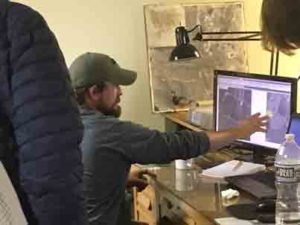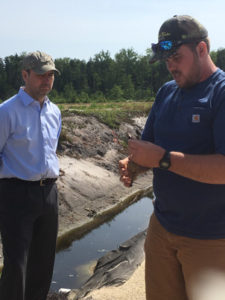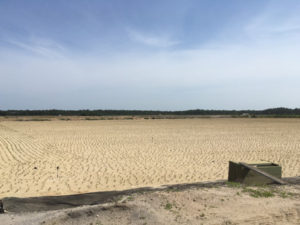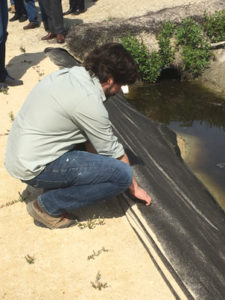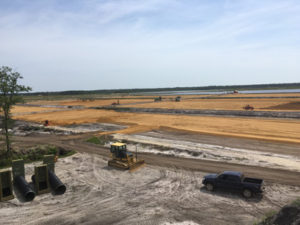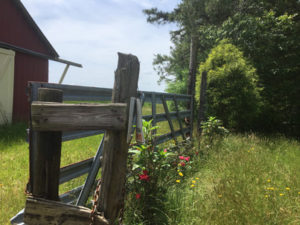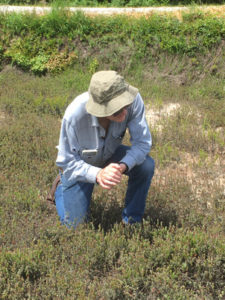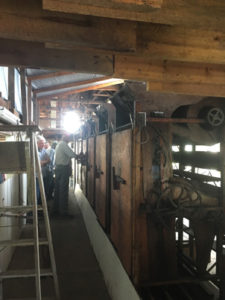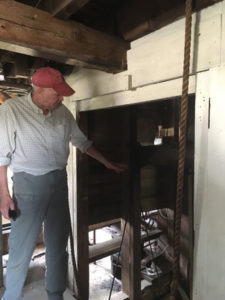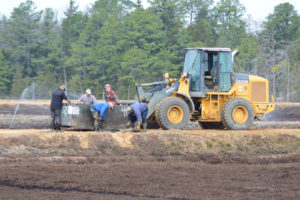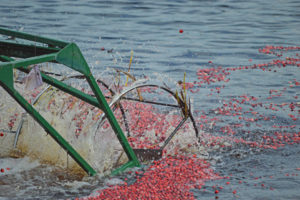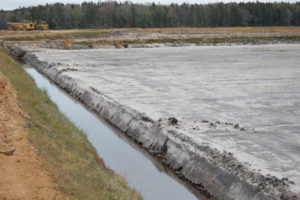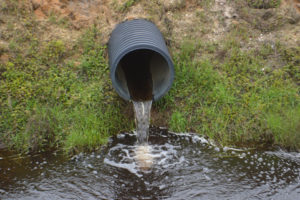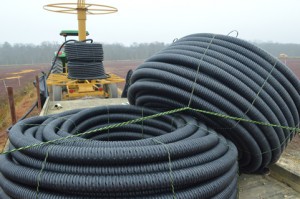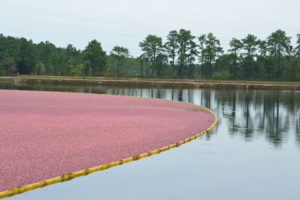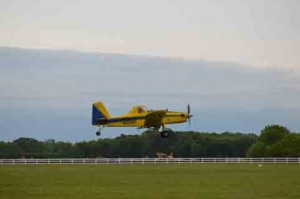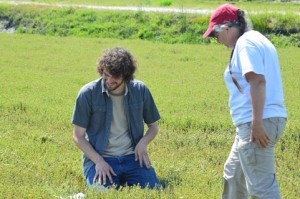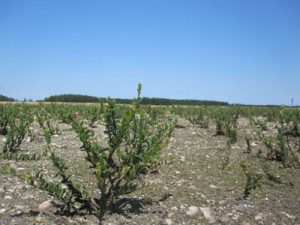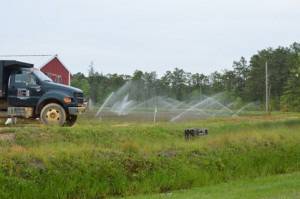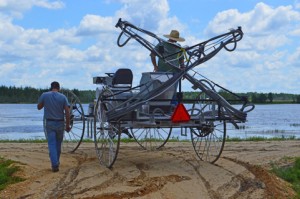This month the Pine Island team has been doing some experimenting with a new GPS system for use with our existing equipment, and it looks like it’s going to be very useful for a variety of tasks.
“We researched the auto steer five years ago in Wisconsin and everything we found was good,” says COO Bryan vonHahmann. “It’s going to let us flood to a higher level for knocking fruit – water needed to be lower so operator could see the fruit – so this means less time to add water to gather. It also reduces overlap, which means less damage to the vines. We’ve been making many changes to our harvest procedures over the last five years; it was a matter of prioritization. I believe next year we will equip our other two harvest tractors with them so all will operate that way.”
“The harvest part of it is going to be great; we can take the info that it generates and use it to pick over the same spot every year. It uses the real time corrections so it’s pretty accurate,” says Jeremy Fenstermaker. With harvest still a couple of months away, however, the team has been testing the auto steer on other tasks.
“I used it to make straight lines out there while installing irrigation,” Jeremy says. “Normally we put out stakes and try to drive a straight line but with this, if you mark the beginning and end of the line the system will mark it straight so things will be more evenly spaced. Just set it up with auto steer, tell it where you want to go, and it’ll drive you there. The potential here is just tremendous: drainage, irrigation pipe, harvest time . . . anywhere you have to drive the same line year after year.”
“We talked about it for a long time before taking the plunge,” Jeremy says, “and now the more we use it, the more potential we’re realizing.”

